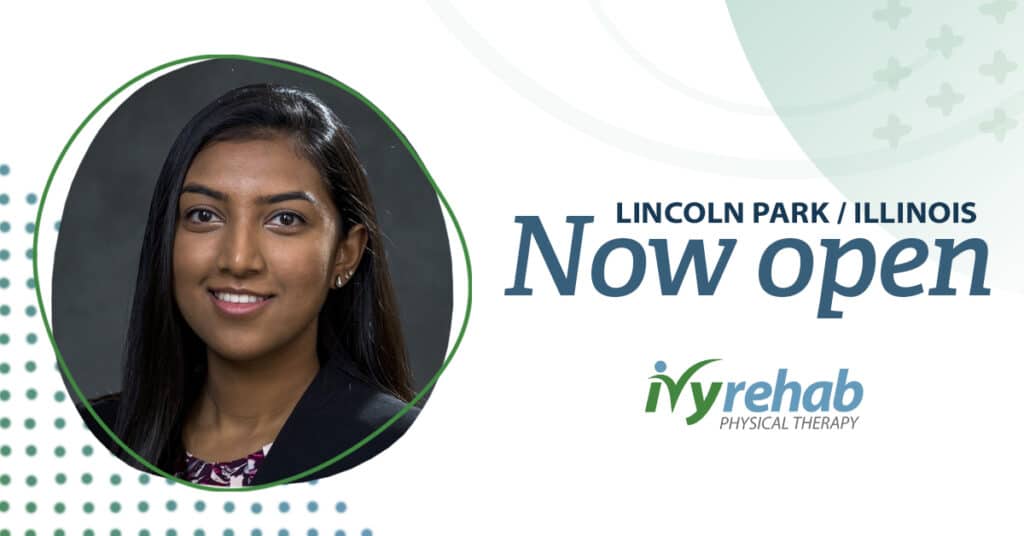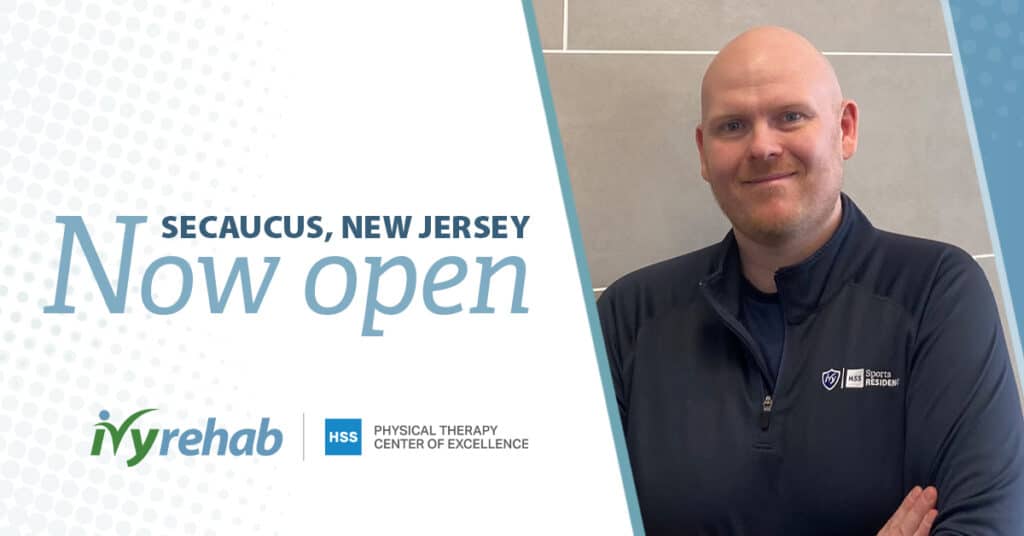In today’s digital world, smartphones are used for just about everything. It’s not uncommon to spend hours on social media, texting, or watching videos on your phone or tablet. You see it at the dinner table, on the subway, or late at night in bed. But too much screen time affects your health in more ways than one. A new condition called tech neck is a growing concern among healthcare professionals. All that time spent on digital devices is bad for your posture, your eyes, your heart, and your mood. Do you repeatedly tuck your head down over your chin and hunch your shoulders while sending text messages or using your cellphone? You’re a good candidate for tech neck. Chronically having your neck in a forward, downward position results in headaches, neck and shoulder pain, stiffness, soreness, and more.
What is Tech Neck?
Neck pain and tension is a common complaint among people who spend long hours sitting at a desk or working on a computer. But tech neck is also impacting teens, college students, and seniors. Tech neck, also called text neck, occurs from spending prolonged periods with your head and neck extended too far forward over your body. On X-rays, people with tech neck have little or no curve in the neck. On average, Americans spend nearly six hours a day with digital media, and mobile use increased from .3 hours per day in 2008 to 3.3 hours a day in 2017. Doctors say tech neck is a growing problem among teenagers. They average nine hours per day in front of screens and report higher rates of depression and loneliness.
All that texting and scrolling takes a toll. Muscles in the back of your neck contract to hold up your head, which weighs 10-12 pounds in neutral position. The more you look down, the harder those muscles have to work to support your head. At a 45-degree angle, your neck muscles are doing the work equivalent to lifting a 50-pound bag of potatoes. At 60 degrees, that increases to 60 pounds.
The repetitive strain put on the neck can cause muscles to get overly tired, tense, and sore. Other symptoms of tech neck include:
- Neck pain or spasms
- Headaches
- Stiff neck
- Pain between your shoulder blades
- Tingling or numb thumbs
- Blurry vision from too much screen time/glare
How Can Tech Neck Cause More Serious Problems?
Over time, the more you look down, the more your head moves forward. This shifts your head’s center of gravity. Beyond the hours spent scrolling, it’s easy to fall into the habit of looking down while walking and doing daily activities. As your muscles tighten, they put more pressure on the discs in your neck and spine. That can cause your discs to wear out faster, eventually causing them to bulge or even rupture. A ruptured disc can pinch a nerve, resulting in pain, weakness, numbness in the arm, or chronic neck pain. In addition, some people report a loss of neck mobility. You may have a hard time looking up after looking down for long periods or turning your head from side to side. To counteract the forward head shift, the upper spine shifts backward and the hips start to tilt forward to compensate for the upper spine. This repetitive strain can throw your whole body out of alignment and put stress on adjacent areas. Consider the prolonged effect of all of this weight and pressure – not to mention bad posture. It starts taxing the muscles, ligaments, vertebrae, and discs in the neck and upper thoracic regions. Tensing muscles in your neck and shoulders will lead to chronic muscle issues and pain down the road.
Tips to Counteract Tech Neck
There are ways to correctly and safely align the body while using mobile phones, computers, and tablets. Changing bad habits, limiting screen time, and trading scrolling for regular exercise is one of the best prescriptions.
- Hold your device at eye level
- Look down with your eyes and not your head
- Take a three-minute break for every 15 to 20 minutes spent on your device
- Use a phone or tablet holder
- Rest your eyes, use lubricating eye drops and reading glasses so you aren’t straining to see or hunching over
- Be mindful of your posture when using digital devices
Exercise and Physical Therapy Can Help
Whether you are suffering from tech neck or chronic pain, physical therapy, and regular exercise can help prevent tech neck – or counteract painful symptoms. Ivy Rehab treats a variety of conditions that cause neck pain. Treatment options vary depending on your official diagnosis. The goal is to get to the root cause of your neck pain based on your symptoms and personal goals. Your physician or physical therapist can help you determine the best treatment options and show you lifestyle changes and exercises to do at home to correct muscle imbalances and prevent tech neck. Elevating your heart rate, even sweating a little, does wonders to keep your neck, back, and upper body healthy. It sends oxygenated blood to tired muscles, helps lubricate facet joints and discs, and flushes out chemicals that cause inflammation and pain. It also helps ease the tension in the neck and shoulders in the back of the neck.
- Whether at lunch or after work, do some form of aerobic exercise on a regular basis. Try an elliptical, recumbent stationary bicycle, jogging, swimming, or walking at a brisk pace – one that doesn’t cause you neck pain.
- Get up and move every hour, even if it’s for a minute or two. Studies show sitting for long periods is bad for your heart and takes years off your life.
- Yoga poses such as downward dog, cat, and cow, and bow pose for 10 minutes on an inversion table can help open your chest and take the pressure off your neck and spine.
- Incorporate tech neck exercises that strengthen the spine such as cobra, upward facing dog, and bird dog
- Do a few neck and shoulder rolls and neck flexion and extension exercises every day. This helps get blood circulating and your neck in a different position.
- Neck side bends and rotation to both sides also keep the neck loose and agile.
- Invest in a good pillow and sleep on your back.
- Make sure you have an ergonomically correct workspace. Your head posture should be in a neutral position, your wrists straight and your shoulders as relaxed as possible.
- If you spend hours at a desk, use a chair that reclines 25-30 degrees with good lumbar support and a headrest. Lean back while you’re working. This helps prevent slouching and takes the pressure off the discs in the back and neck.
Mobile devices aren’t going away. If anything, they are going to continue to change the way we work, study and connect with others. The biggest problem with tech neck is not the symptoms, but your daily behaviors that contribute to muscle imbalances. You have to address your posture, your time spent on digital devices, the body mechanics, and the bad habits that are causing the problem.
Physical therapy can help alleviate symptoms as well as uncover the root of the problem and help correct it. With a good plan of care and being mindful of how much time you spend staring at a screen, you can make sure technology isn’t harming your health. Contact an Ivy Rehab physical therapist to discuss your neck pain and learn how to live a healthy life free from pain, dysfunction, and cellphone interference
Article Reviewed by Holly Lookabaugh-Deur, PT, DSc, GCS, CEEAA
Holly Lookabaugh-Deur, PT, DSc, GCS, CEEAA is a practicing physical therapist and a partner and Director of Clinical Services at Ivy Rehab Network. Deur is board certified as a geriatric clinical specialist and certified exercise expert for aging adults with more than 35 years of clinical experience. She is certified as an aquatic and oncology rehabilitation specialist and serves as adjunct faculty at Central Michigan University and Grand Valley State University.







